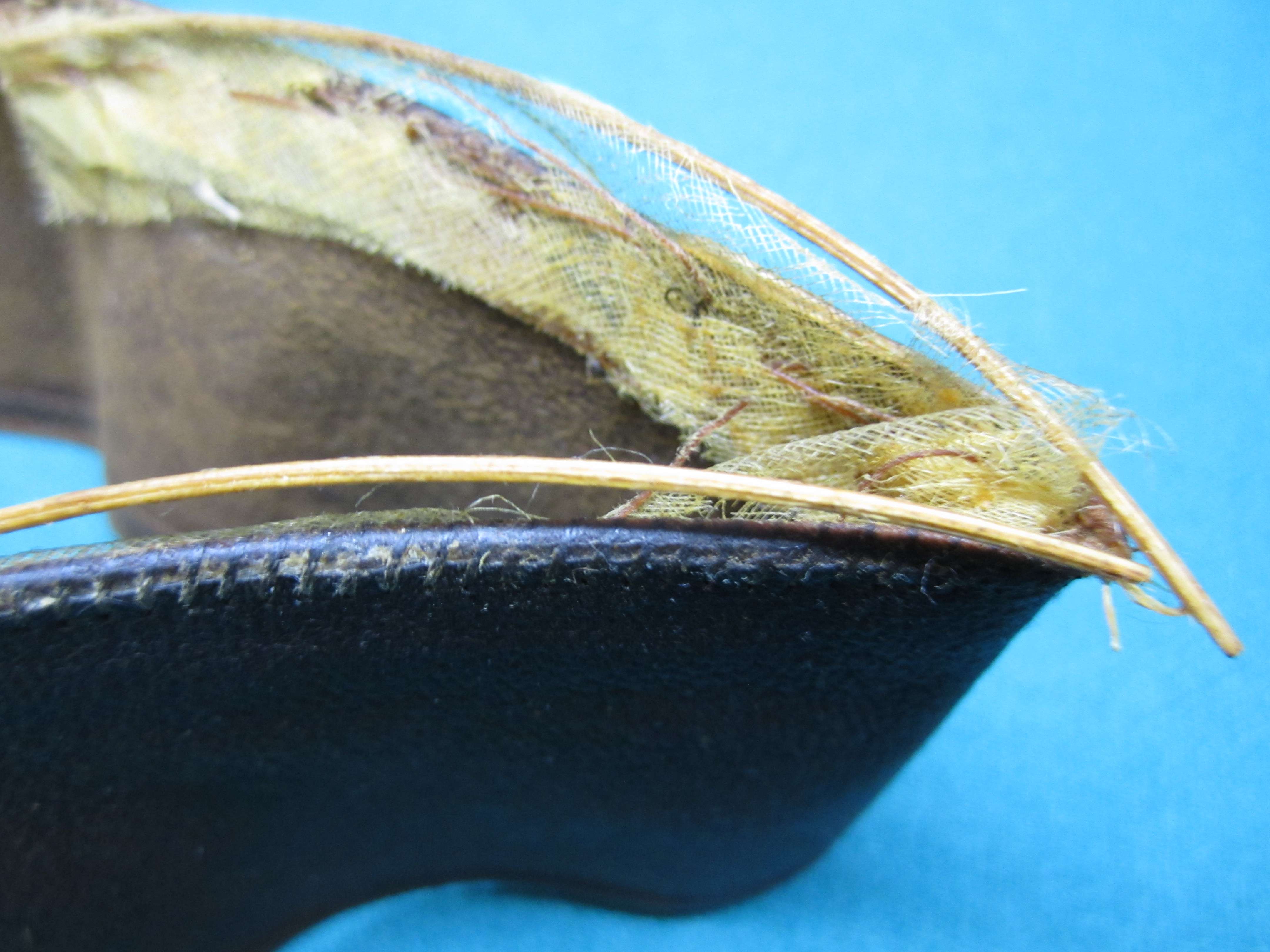fluteplayer07
One Too Many
- Messages
- 1,844
- Location
- Michigan
What is the difference between a reeded and unreeded sweatband? One of them indicates a hat is older, right? I was hoping you had pictures... I think something like this popped up earlier, but I didn't see any examples.
Thanks!
Thanks!







